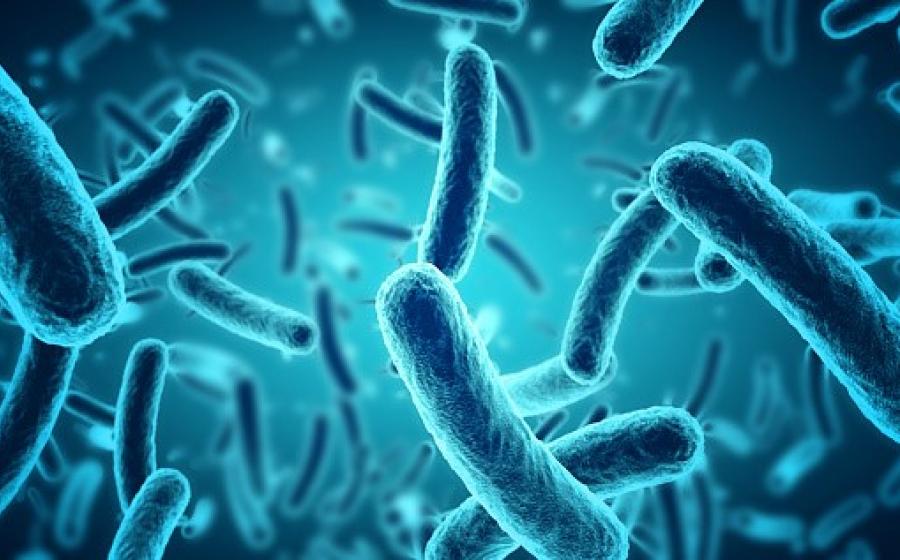
Microbes, although too tiny to be seen by the naked eye, are all around us. Bacteria, virus and fungi are all types of microbes.
While the prevalence and interaction of some microbes with other forms of life is necessary for the survival of many species, many other encounters are considered detrimental to the health of both plant and animal cells.
To prevent such forms of negative contact, extensive research is conducted on antimicrobial packaging, especially to maintain the integrity and extend the shelf life of food contents.
Ever since the COVID pandemic, there has been a heightened sense of awareness of food safety and packaging contamination during the multiple stages and processes involved in supply chain. The use of antimicrobial packaging also reduces food waste by increasing shelf life.
In the past decade or so, various additives, extracted from natural and synthetic agents, are used in addition to the primary polymeric constituent of the packaging to induce antimicrobial (antibacterial, antifungal and antioxidant) activities.
The addition of such agents allows antimicrobial packaging to be categorized as active packaging.
Microbial growth is controlled by the introduction ethylene, moisture and oxygen absorbers in the headspace of the packaging.
Antimicrobial agents range from spices and chitosan to isolated enzymes. Chemical antimicrobial agents include ascorbic acid, potassium permanganate and other zeolites and metals. These agents continuously interact with and modify the environment inside the packaging. This interaction ensures the maintenance of suitable conditions to slow down senescence.
Today, most antimicrobial packaging is also either biodegradable, compostable, biopolymer-based or edible or combines more than one of these features.
Different antimicrobial agents have different activities on different pathogenic microorganisms due to their various diverse physiologies.
Next week’s blog will detail a few natural and chemical antimicrobial agents and discuss how their biological composition and interaction with certain foods and packaging types curb microbial growth.



